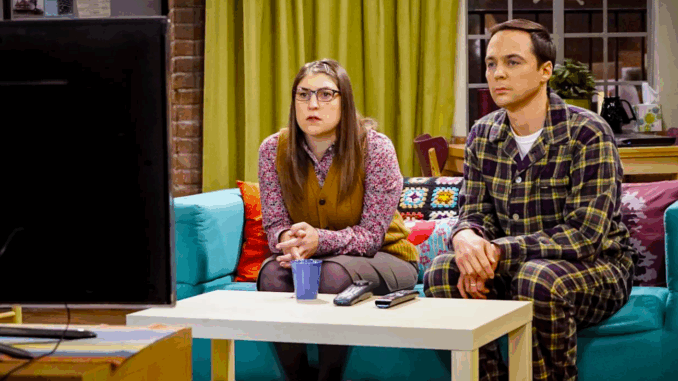
Reinventing the Sitcom Without Breaking the Mold
When The Big Bang Theory premiered in 2007, the sitcom world was dominated by familiar formats—multi-camera setups, laugh tracks, and trope-driven narratives. Audiences had grown accustomed to the dating drama of Friends, the neurotic cleverness of Seinfeld, and the brash humor of Two and a Half Men. Yet The Big Bang Theory, created by Chuck Lorre and Bill Prady, inserted something relatively new: the niche world of theoretical physics, Dungeons & Dragons, and Halo nights as the foundation for a primetime hit.
No one predicted that a show led by a socially awkward theoretical physicist and his equally nerdy friends would become a global phenomenon. But The Big Bang Theory not only found its audience—it created a cultural moment that lasted over a decade.
Building a Universe on Social Misfits
Much has been said about Sheldon Cooper’s robotic brilliance and Raj Koothrappali’s selective mutism, but what made the characters memorable wasn’t just their quirks—it was how the show allowed them to grow. Leonard Hofstadter, played by Johnny Galecki, may have begun as the “relatable nerd,” but he evolved into the show’s emotional anchor. Penny (Kaley Cuoco) entered as the stereotypical “hot neighbor” but quickly shattered that mold through confidence, resilience, and empathy.
Even Howard Wolowitz (Simon Helberg), initially written as a cringe-inducing lothario, developed into a loving husband and father. Through these arcs, The Big Bang Theory offered something rare in sitcoms: characters who actually matured.
The Science of Humor

Behind the scenes, the show employed a team of scientific consultants, led by UCLA physicist Dr. David Saltzberg. He reviewed scripts to ensure the math, physics, and Star Trek references were accurate. This detail-oriented approach became a trademark of the series, and it drew in a segment of viewers who rarely saw themselves portrayed on screen—scientists, engineers, gamers, and introverts.
It was this authenticity, married to traditional sitcom timing and structure, that made The Big Bang Theory feel both fresh and familiar.
A Global Phenomenon in the Streaming Era
As network television began to lose ground to streaming platforms, The Big Bang Theory held strong. During its final seasons, it consistently ranked among the most-watched shows on television. At its peak, it averaged over 20 million viewers per episode in the U.S. alone.
Internationally, it was one of the most syndicated shows in history, aired in more than 70 countries and translated into multiple languages. Even years after its finale, reruns continue to draw high ratings on cable and streaming platforms alike.
Critics Versus Viewers: A Divided Legacy
Despite its popularity, The Big Bang Theory was never a critical darling. Some critics accused the show of leaning too heavily on stereotypes—nerds, women, South Asians. Others argued that it laughed at its characters more than with them, especially in the early seasons.
But fans pushed back, pointing to the character development, emotional depth, and even the relationships (like Sheldon and Amy’s) that defied standard sitcom formulas. The Emmy wins for Jim Parsons and the show’s long-term impact on pop culture suggest a legacy that far outlived its critics’ concerns.
Expanding the Universe
The end of The Big Bang Theory didn’t spell the end of the franchise. Young Sheldon became a successful prequel, diving into Sheldon’s childhood in Texas. More recently, new spinoffs like Georgie & Mandy’s First Marriage and the upcoming Stuart Fails to Save the Universe are extending the show’s reach into a kind of sitcom cinematic universe.
In doing so, The Big Bang Theory has achieved something few sitcoms ever have: building a franchise model out of geek culture, heartfelt humor, and characters that became unlikely icons.
